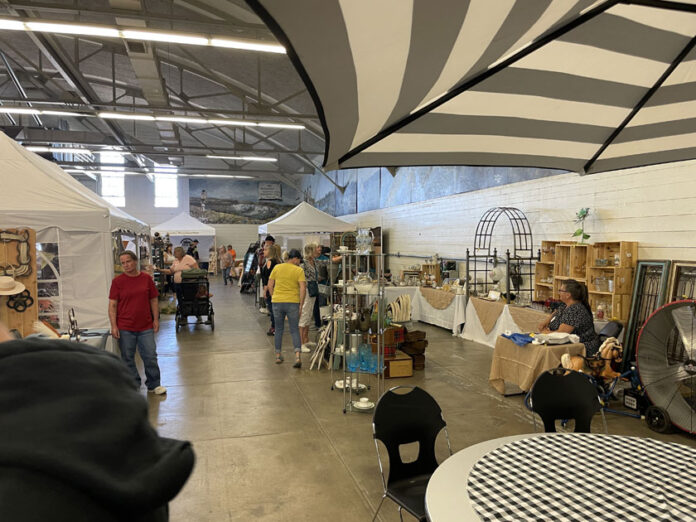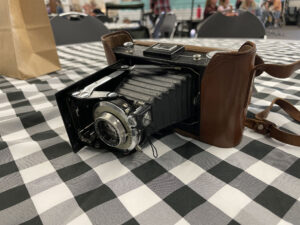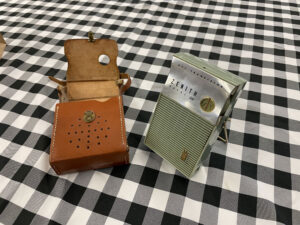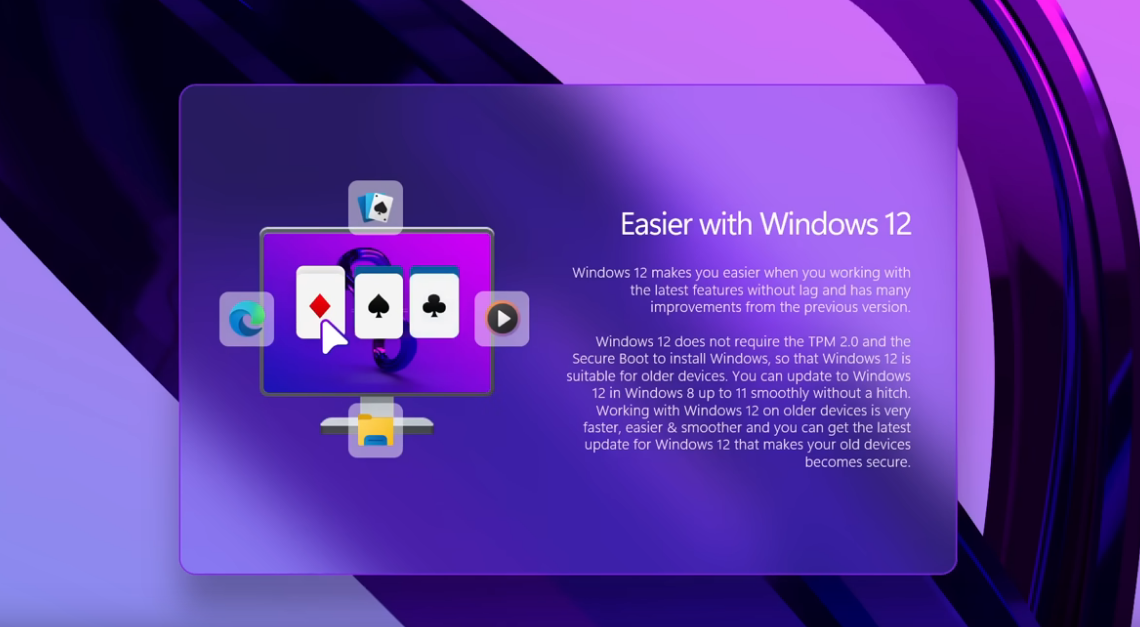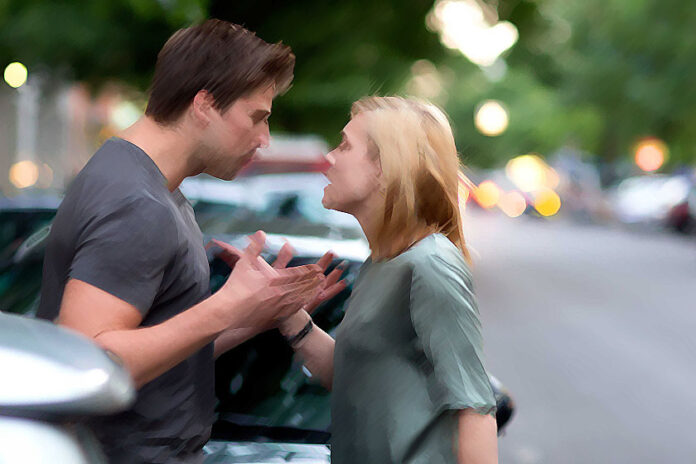Historical fast facts: It seems these days that there are fewer and fewer people in our country that know history to any real degree.
I’m of an opinion that if more people knew a bit more about historical things in general, we would have a lot less to argue about.
I’ve taught my son from a very young age that with regard to history, “you’ve got to know where you’ve been before you can know where you’re going”.
Listed below are some historical facts that many may not readily know … Enjoy.
1) A remarkable 81,000 Americans are still listed as Missing In Action, dating back to the American Revolution.
2) Martin Van Buren was the first President to be born a US citizen.
3) Martin Van Buren (8th President of the United States and founder of the Democratic Party) was the only American president who did not speak English as his first language. He was born in Kinderhook, New York, a primarily Dutch community, and spoke Dutch as his first language.

4) The IBM 650 RAMAC hard drive from 1956 used 50 24-inch-wide platters to hold a whopping 3.75MB of storage space.
5) The United States is the single largest civilian firearm market in the world. A recent Gallup poll found that 45% of Americans have a gun in their home. And many of those households have more than one, as the U.S. is the only country with more privately-owned guns than people. How’s that for a historical fact?
6) Before Abraham Lincoln became a politician, he was a champion wrestler. With more than 300 bouts under his belt, Lincoln only lost one match in his career and was inducted into the National Wrestling Hall Of Fame in 1992.
7) All British tanks since 1945 have included equipment to make tea.
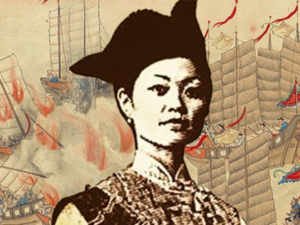
8) One of history’s most successful pirates was a Chinese prostitute named Ching Shih. She commanded a fleet of over 1,500 ships and 80,000 sailors.
9) Tsutomu Yamaguchi was in Hiroshima when the first atom bomb was dropped. He then traveled home to Nagasaki the day before the second atom bomb was dropped. He survived both and lived to be 93.
10) Jeanette Rankin became the first female member of Congress in America in 1916, four years before women were given the right to vote.
11) At the height of his popularity, Charlie Chaplin entered a Charlie Chaplin look-a-like competition in San Francisco. He came in 20th place.
12) Before the 19th century, dentures were commonly made with teeth pulled from the mouths of dead soldiers.
13) The Civil War began on the farm of Wilmer McLean, who then moved more than a hundred miles away to escape the fighting, only to have the war end inside his new house at Appomattox.
14) The current 50 star U.S. flag was designed by 17-year-old Robert Heft for a school project. He received a B-.
Thanks for the read.
Happy Trails


